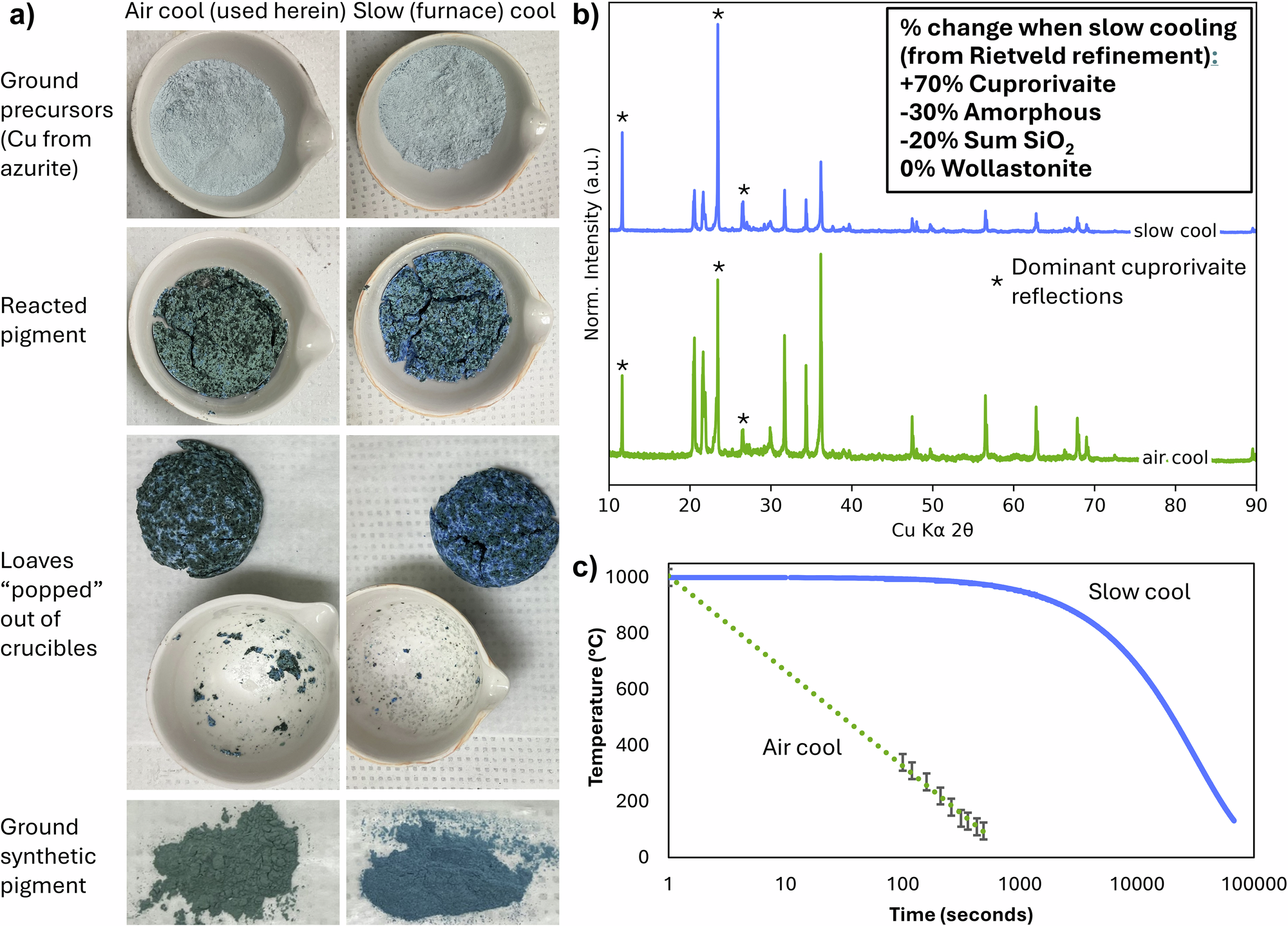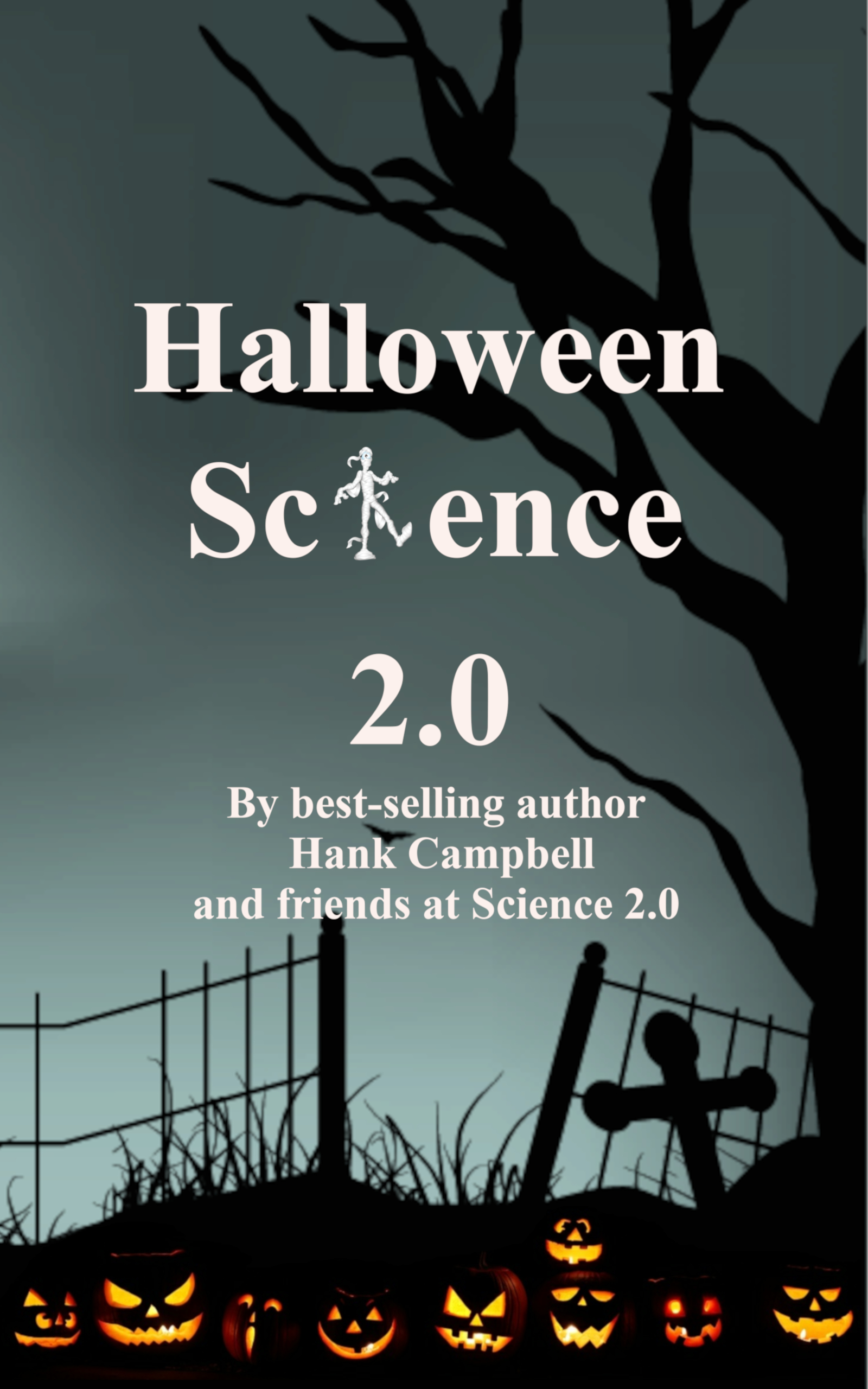The world's oldest known synthetic pigment, called Egyptian blue, was used about 5,000 years ago. But while its use is known, it was a substitute for expensive minerals like turquoise or lapis lazuli when painting wood, stone, and a papier-mâché-type material called cartonnage, there is little evidence of how it was made. It was taken up by the Greeks and then Romans after they conquered Egypt, but at some point succeeding takeovers over by the Rashidun Caliphate, Kurdish Ayyubids, the Mamluks, and the Ottomans led to actual recipes being lost.

Image: McCloy et al., Nature Portfolio Journals Heritage Science
It has long fascinated scholars because of biological, magnetic, and optical properties ancient people knew nothing about. The Egyptian Blue pigment emits light in the near-infrared electro-magnetic spectrum, so it could be used fingerprinting and counterfeit-proof inks invisible to the human eye. It even has some chemistry similar to high-temperature superconductors.
But it varies from deep blue to green to gray and researchers wanted to know how ancient people made that decision. Or if it just happened because small variations in the process changed it and no one really cared, given it was utility rather than art. To create recipes, researchers came up with 12 different mixtures of silicon dioxide, copper, calcium, and sodium carbonate and used temperature ranges available to ancient cultures, about 1,000 degrees Celsius. They tested the mixtures at various temperatures for between one and 11 hours and compared them to two ancient Egyptian artifacts.
The secret to the bluest blue only required about 50% of the blue-colored components. But now you can make your own, at least until activists get sodium carbonate banned. And if that is too much work, you can see their samples at the Carnegie Museum of Natural History in Pittsburgh, Pennsylvania.





Comments